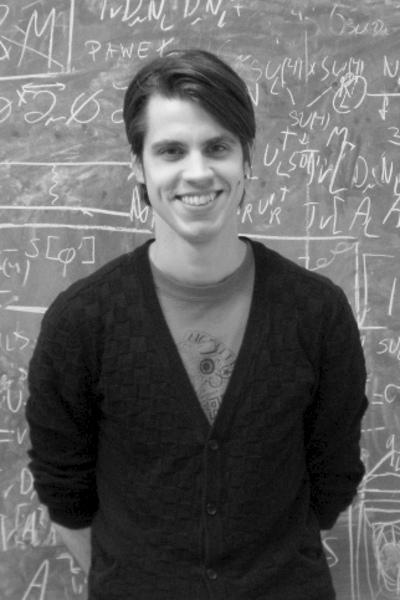Last year, two experiments at the Large Hadron Collider announced the finding of a new elementary particle - the long-theorized Higgs particle.
Many calculations indicate that the particle discovered last year in the CERN particle accelerator was indeed the famous Higgs particle. Physicists agree that the CERN experiments did find a new particle that had never been seen before, but an international team say they are not convinced it was the Higgs particle.
Maybe it just looks like it. And maybe it is not alone.
The research team analyzed the existing scientific data from the LHC and published an analysis in Physical Review D.

Associate Professor Mads Toudal Frandsen, University of Southern Denmark. University of Southern Denmark
"The CERN data is generally taken as evidence that the particle is the Higgs particle. It is true that the Higgs particle can explain the data but there can be other explanations, we would also get this data from other particles," says Mads Toudal Frandsen, associate professor at the University of Southern Denmark.
The researchers believe it is equally possible that it is a different kind of particle.
"The current data is not precise enough to determine exactly what the particle is. It could be a number of other known particles," says randsen.
But if it wasn't the Higgs particle found at the LHC and confirmed by thousands of physicists at multiple experiments, then what was it?
"We believe that it may be a so-called techni-higgs particle. This particle is in some ways similar to the Higgs particle - hence half of the name,"says Frandsen.
The hypothetical techni-higgs particle and the Higgs particle can easily be confused in experiments, they are two very different particles belonging to two very different theories of how the universe was created, they say. The Higgs particle is the missing piece in the Standard Model, which describes three of the four forces of nature. But it does not explain what dark matter is - the substance that makes up most of the universe.
A techni-higgs particle, if it exists, is a way to do that.
"A techni-higgs particle is not an elementary particle. Instead, it consists of so-called techni-quarks, which we believe are elementary. Techni-quarks may bind together in various ways to form for instance techni-higgs particles, while other combinations may form dark matter. We therefore expect to find several different particles at the LHC, all built by techni-quarks", says Frandsen.
If techni-quarks exist, there must be a force to bind them together so that they can form particles. None of the four known forces of nature (gravity, the electromagnetic force, the weak nuclear force and the strong nuclear force) are any good at binding techni-quarks together. There must therefore be a yet undiscovered force of nature. This force is called the the technicolor force.
What was found last year in CERN's accelerator could thus be either the Higgs particle of the Standard Model or a light techni-higgs particle, composed of two techni-quarks. Frandsen believes that more data from CERN will probably be able to determine if it was a Higgs or a techni-higgs particle. If CERN gets an even more powerful accelerator, it will in principle be able to observe techni-quarks directly.





Comments